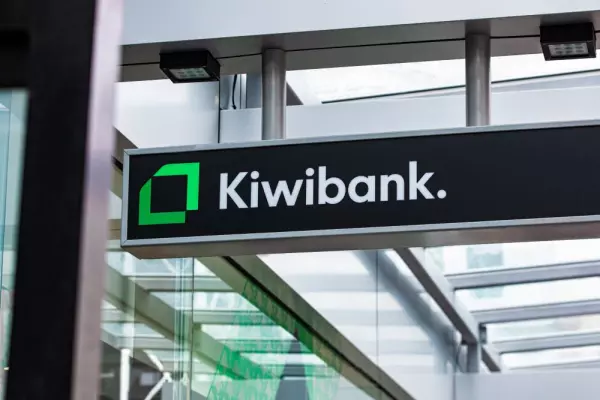The central bank’s move to curb mortgage lending may cool the housing market but economists say it won’t put out the fire.
“A 40 percent deposit is a lot of skin in the game for investors,” said Kiwibank chief economist Jarrod Kerr.
How much? An investor after a first-floor apartment on Oriental Parade in Wellington would need to pony up more than $1 million for the deposit given the seller only wants offers over $2.55 million.
“Will it solve our problems? No, not even close. Demand is not the problem. It’s the chronic shortage of affordable dwellings that is keeping many from climbing the property ladder,” said Kerr.
This week the central bank said most property investors will need a 30 percent deposit to obtain bank lending from March 1 and a 40 percent deposit from May 1. Most owner-occupiers looking to buy will once again need a 20 percent deposit by March 1.
Tall Poppy Wellington real estate agents Dan Comeskey and Zoe Buchanan agree the problem lies in the lack of houses, not the lending criteria.
Perfect storm
The LVR restrictions are unlikely “to do much to stifle demand as it is currently the perfect storm. Only building more smaller houses for older owners to free up family homes will help with the issue,” they said.
There is an extreme shortage of houses and lots of buyers with very low interest rates. Mum and Dad investors have so much equity in their properties and interest on bank deposits are so low they are turning to real estate to place their investment dollars, they said.
Westpac Bank chief economist Dominick Stephens said the restrictions would make a “small difference.”
Basically, “it will take some of the froth off the top — but a considerable amount of froth will remain.”
As a result, Westpac is still expecting a 15 percent increase in house prices this year.
Even lower rates
Low interest rates are a key driver, regardless of who is buying.
Not only are rates low, but they look to be going lower.
HSBC has now launched a 1.99 percent rate for both 12 and 18 month fixed terms. The rate matches one offered by Heartland Bank.
It is also about 30 basis points lower than most other banks.
Comeskey and Buchanan recently had 156 groups attend open homes for one house, and they are expecting more than 15 offers on a sale today.
“All open homes are busy, busy,” they said.
According to economist Shamubeel Eaqub, however, the “quantity restriction matters,” noting only 5 percent of lending can go to investors at the high LVRs.
“That really kind of cuts off that highly leveraged buying model. Only the larger, more portfolio-type landlords can access credit easily.”
Those buyers “are in the business of being landlords rather than being in it for the capital gain and flipping it,” although he said they will do that over time.
While the RBNZ’s move may take some of the “heat out”, but he's "not sure it brings things down.”
Owner-occupiers
Why? Because the bulk of lending isn’t to investors but to owner-occupiers and that isn’t slowing.
According to RBNZ data, lending to owner-occupiers accounted for 57.8 percent of total new lending in November, up 30.3 percent in November 2020 from the same month a year earlier.
“The middle group of people who are already property owners and are trading up or down, or investors who are portfolio investors, will be absolutely fine. They will be able to borrow money with no problem,” Eaqub said.
ANZ Bank, which announced it would require a 40 percent deposit from residential property investors, in mid-December, said it is seeing some impact on investors but the owner-occupier segment is faring well.
“It is still very early days and we do need to take into account the usual slow down period over Christmas. However, in the past few weeks while we have seen our volume of lending to owner-occupied customers recover to pre-Christmas levels, our lending to investors has slowed,” a spokesperson said.
“Overall, we think strengthened LVRs will start to bring more balance to the housing market but given that other banks have only recently made similar changes to ANZ, we are yet to understand the full effect on investor demand.”














